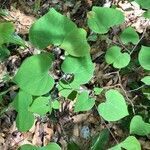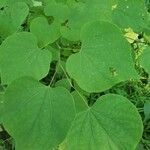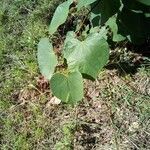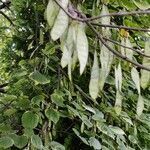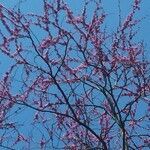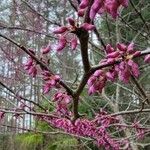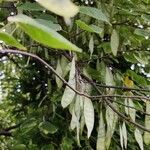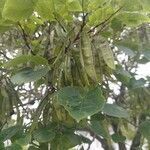Widely branched tree to 12 m; lvs broadly cordate, 5–12 cm, usually wider than long, obtuse to shortly acuminate, glabrous or sparsely hairy beneath; fls magenta-pink, 1 cm, in small clusters on slender pedicels 6–12 mm; pods pointed at both ends, 6–10 × 1–1.5 cm; 2n=14. Moist woods; Conn. and s. N.Y. to s. Mich., Io., and e. Neb., s. to Fla. and n. Mex. Our plants are var. canadensis.
